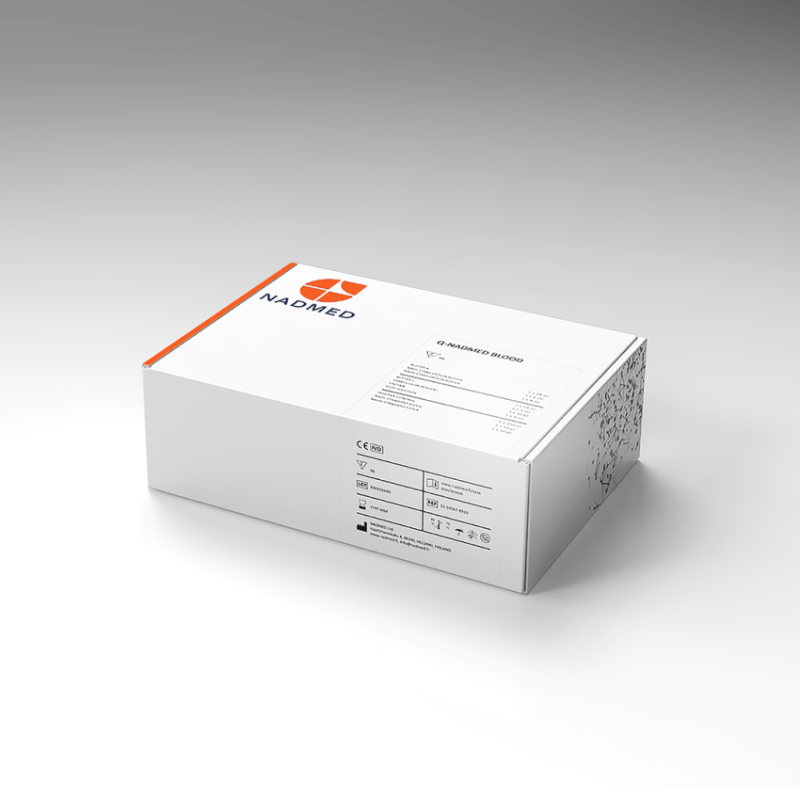About
In response to the escalating demand from clinicians and researchers for precise and fast NAD measurement, NADMED unveils an innovative technology designed for extracting and measuring all four NADs and two glutathiones. The method is founded on colorimetric quantification, applicable to blood, tissue, or cells.
Distinguishing Feature of NADMED
The distinguishing feature of the NADMED method lies in its ability to measure metabolites individually, setting it apart from other methods and delivering exceptional accuracy comparable to mass spectrometry. Based on transparent scientific research from the University of Helsinki, NADMED’s technology presents fresh business opportunities for laboratories.
NADMED’s laboratory technology is available in kits, with the first EU IVDD compliant (CE-marked) kits for blood NAD+ and NADH already for sale. Kits for the remaining metabolites are slated for production by the year’s end.
Measuring NAD Metabolites and Glutathione
Measuring NAD metabolites and glutathione has long been hindered by the absence of a rapid and reliable method, impeding both research and the development of clinical applications for these REDOX molecules. NADMED’s technology presents a fast, scalable, and cost-effective solution. Unlike mass spectrometer analysis, which may take days, NADMED analysis yields results within hours. Moreover, NADMED makes this analysis accessible for laboratories without mass spectrometry, at a fraction of the total cost.
Jari Närhi, CEO of NADMED
“We believe that the NADMED method will advance science and medical practice by enabling larger and quicker clinical trials and in due course, diagnostics. NAD measuring should be seen as a first-line diagnostic tool in the future to fight for example degenerative diseases and metabolic disorders.”
For more information, please visit www.nadmed.com.
